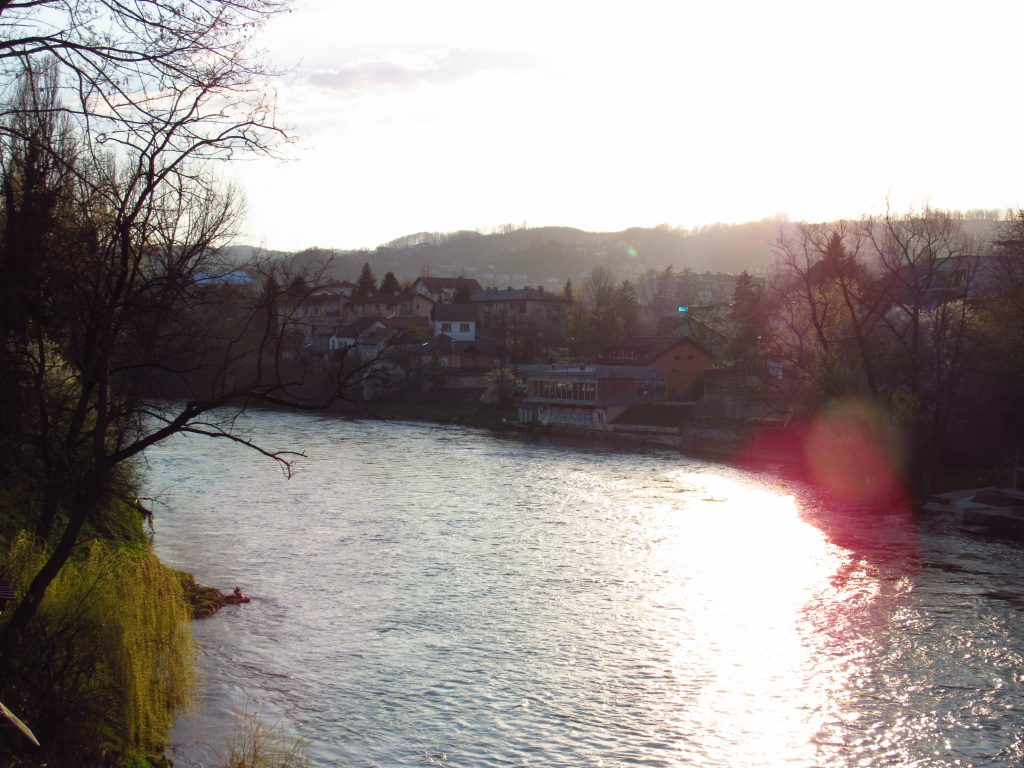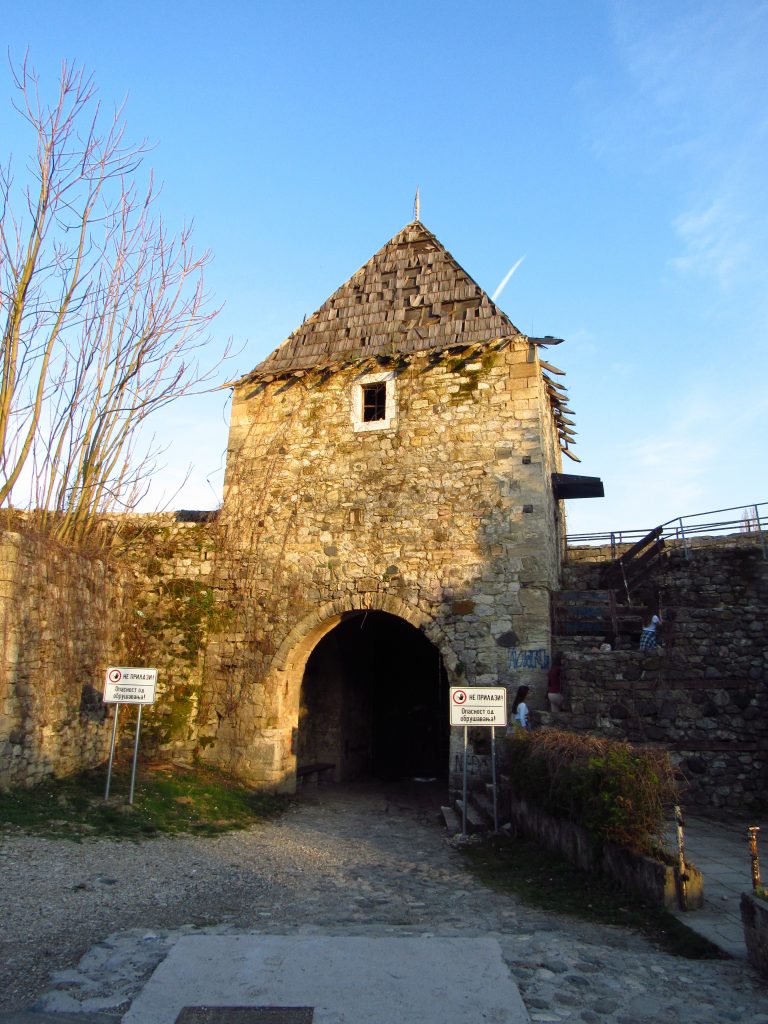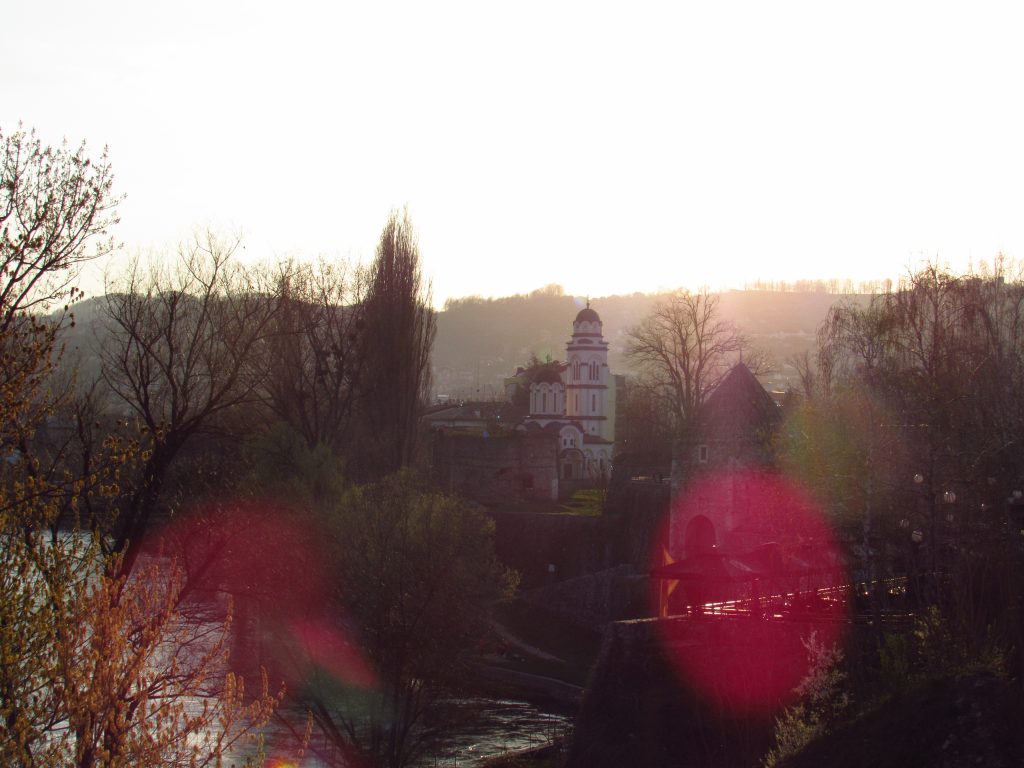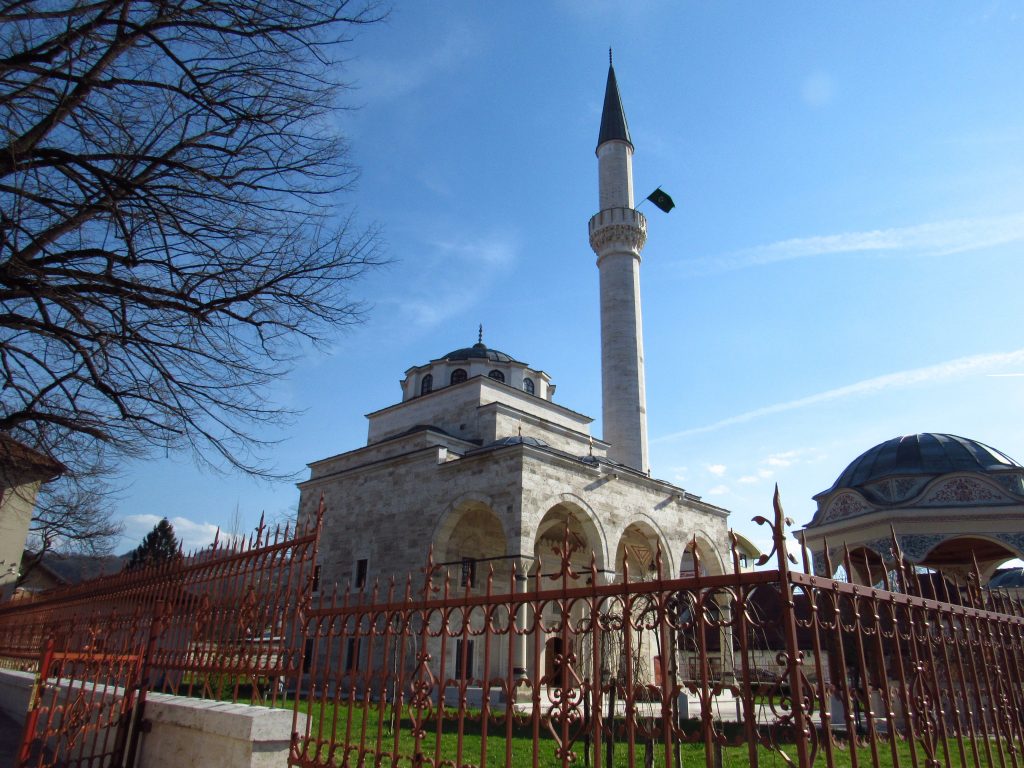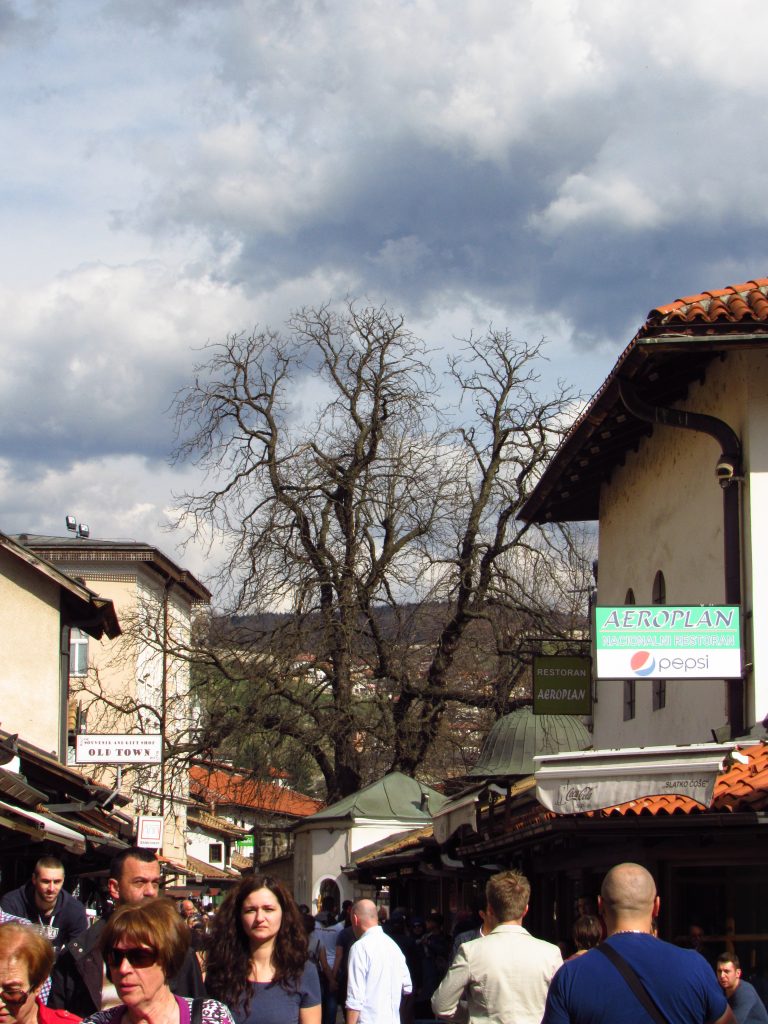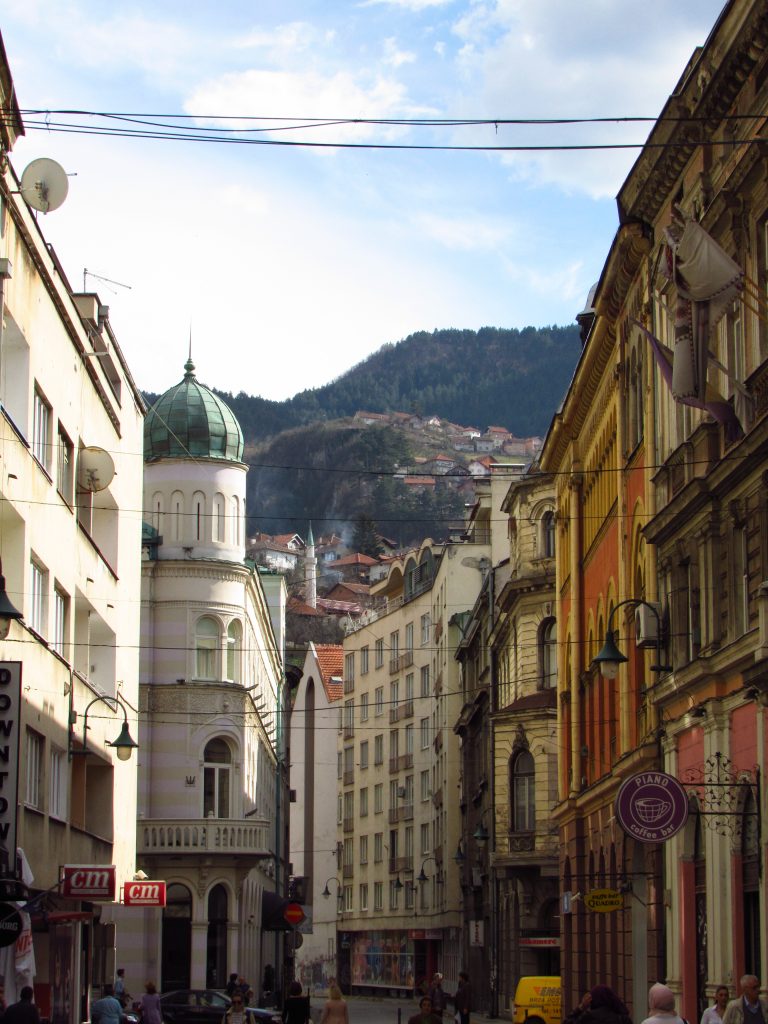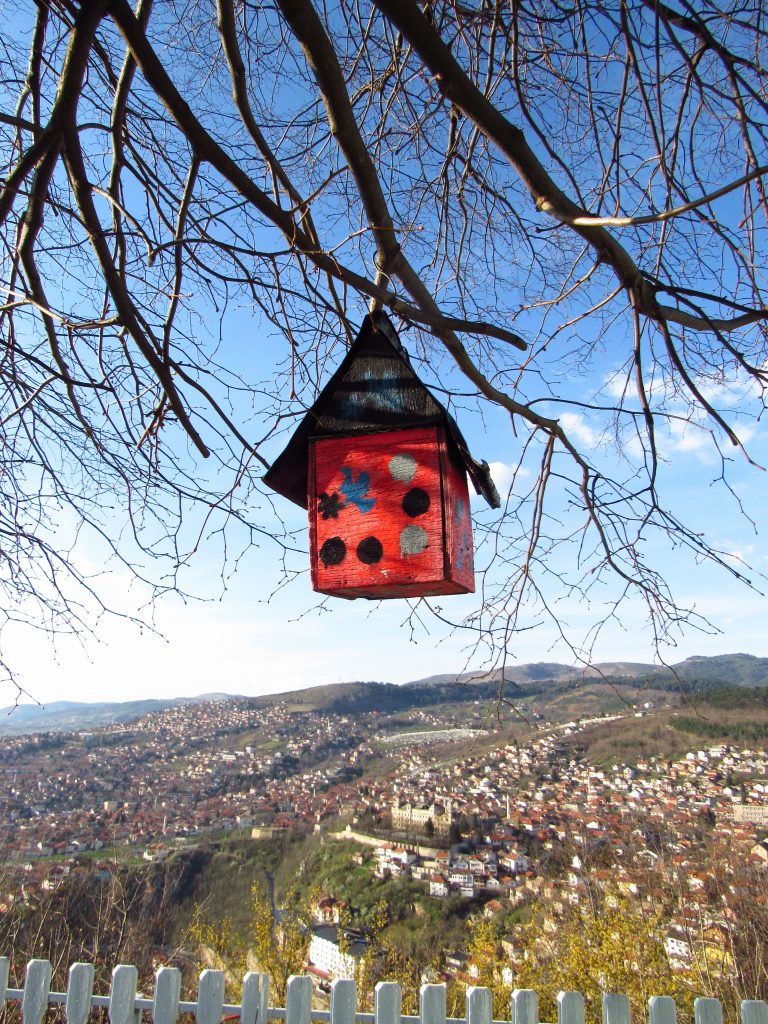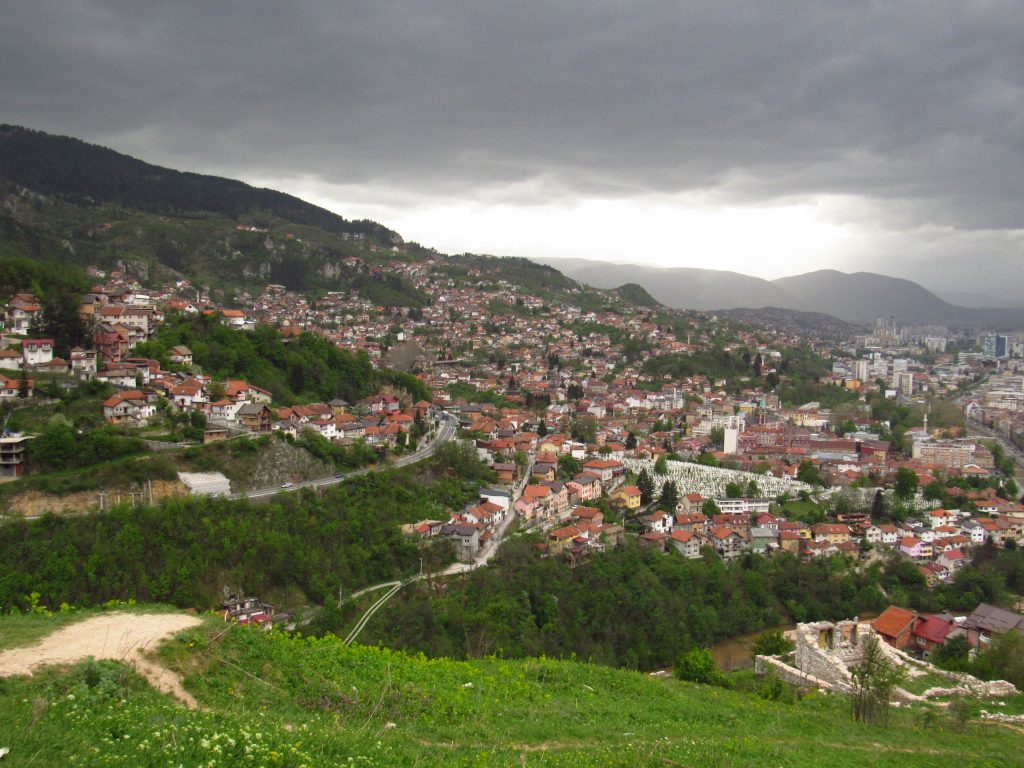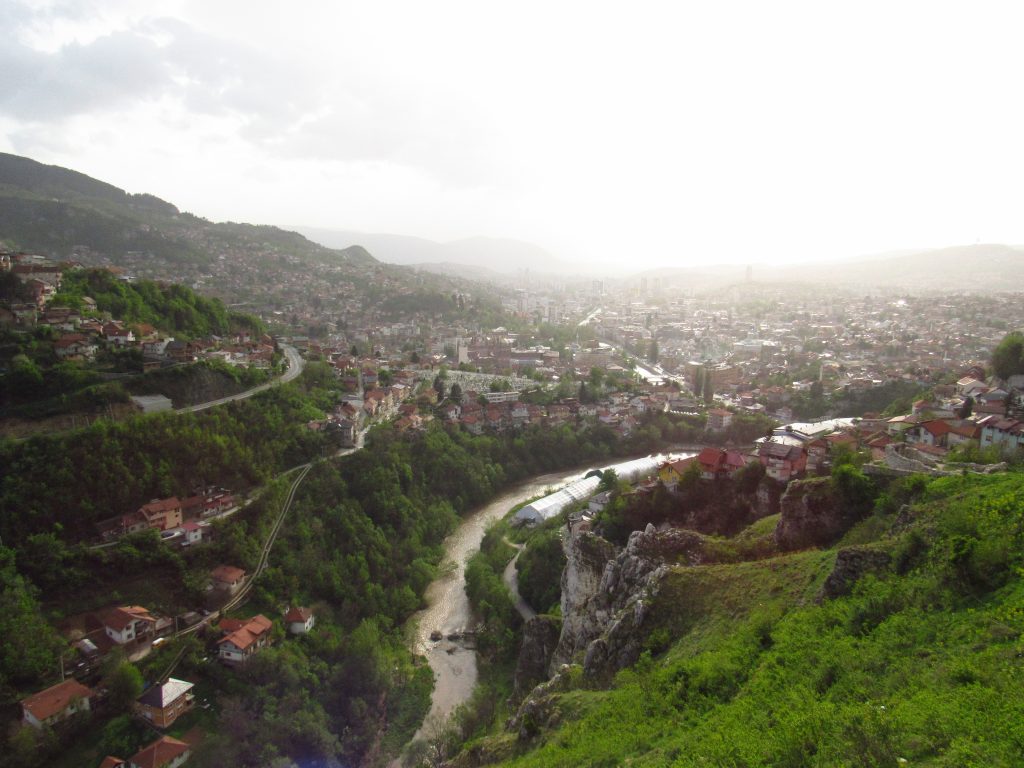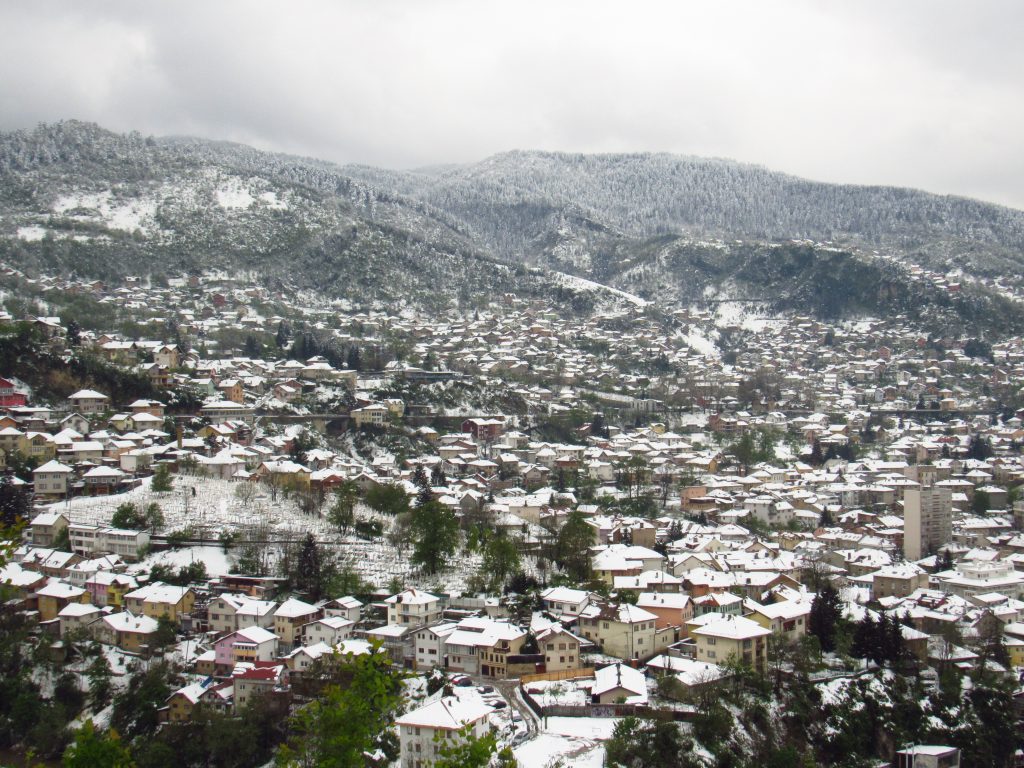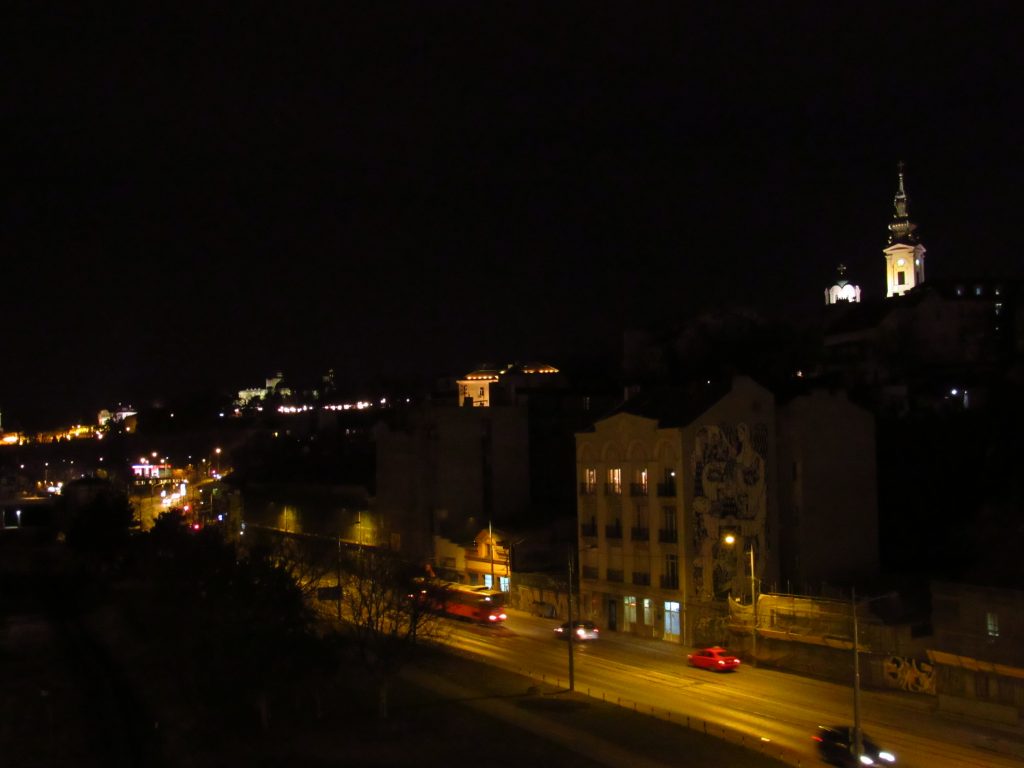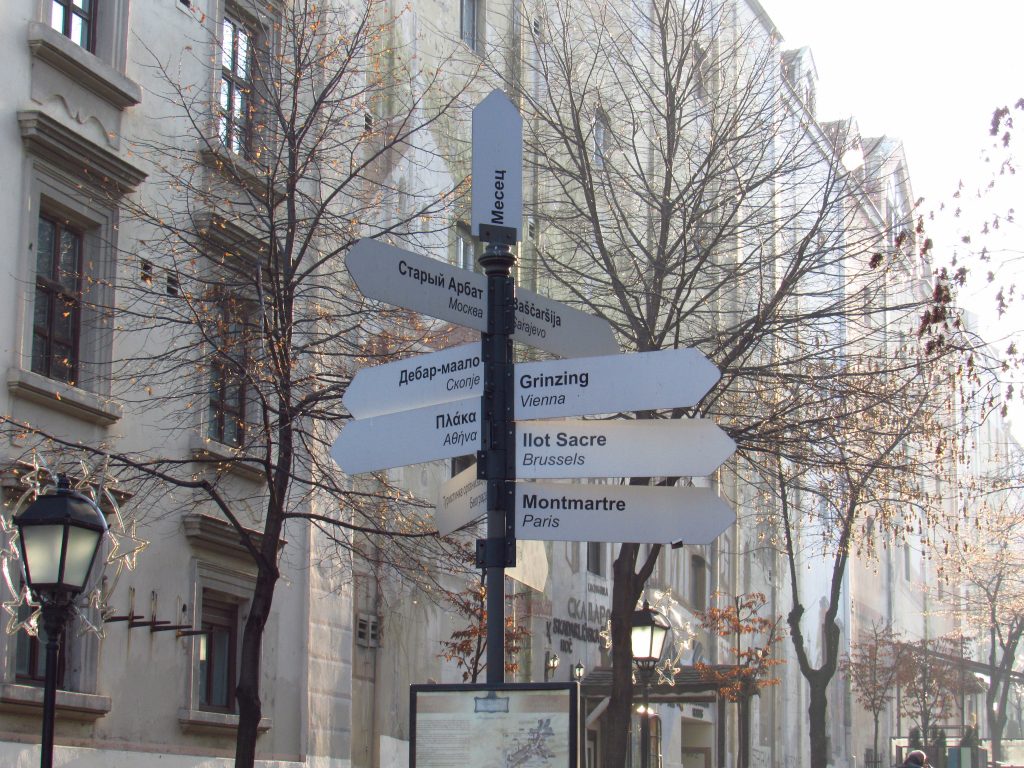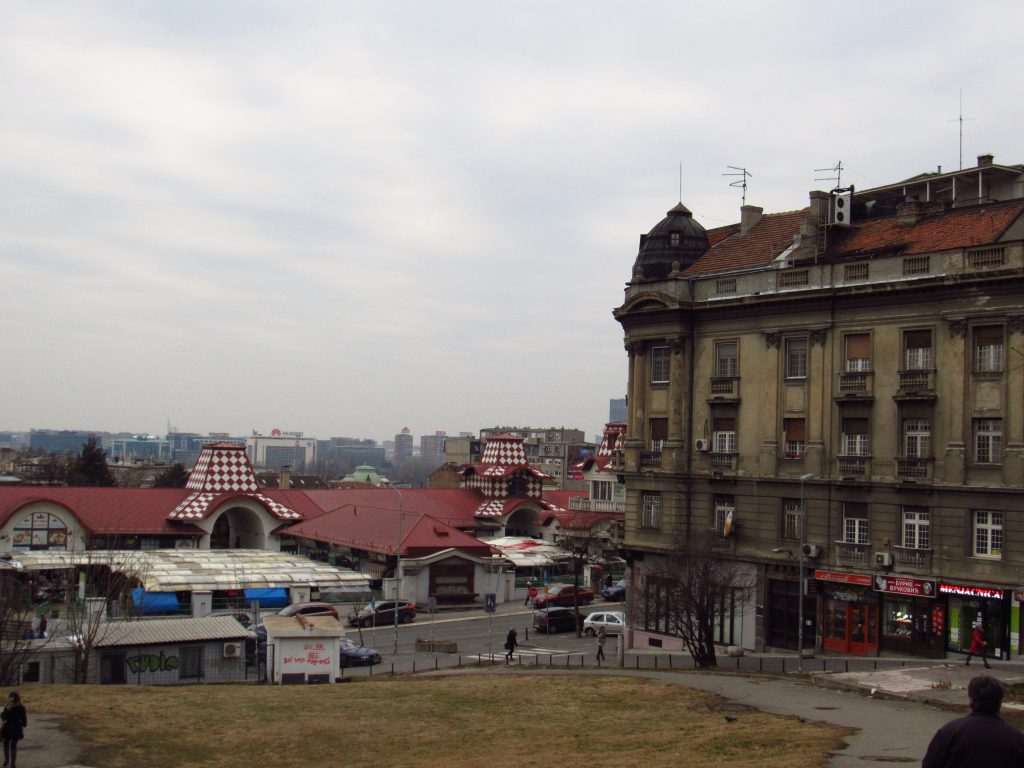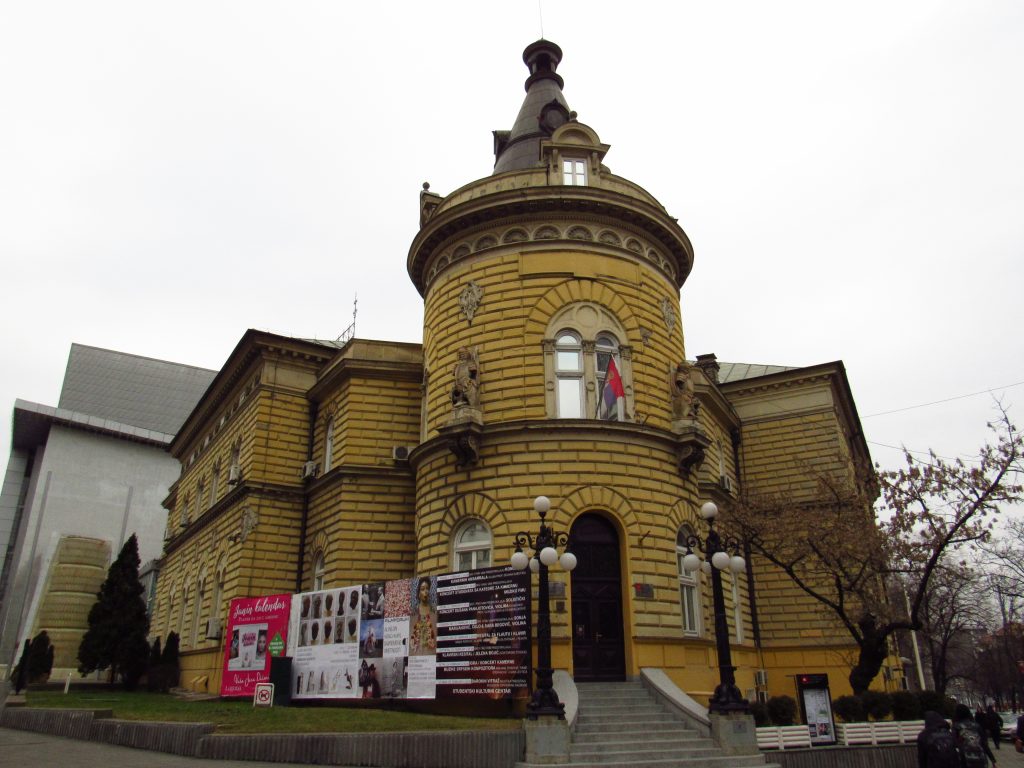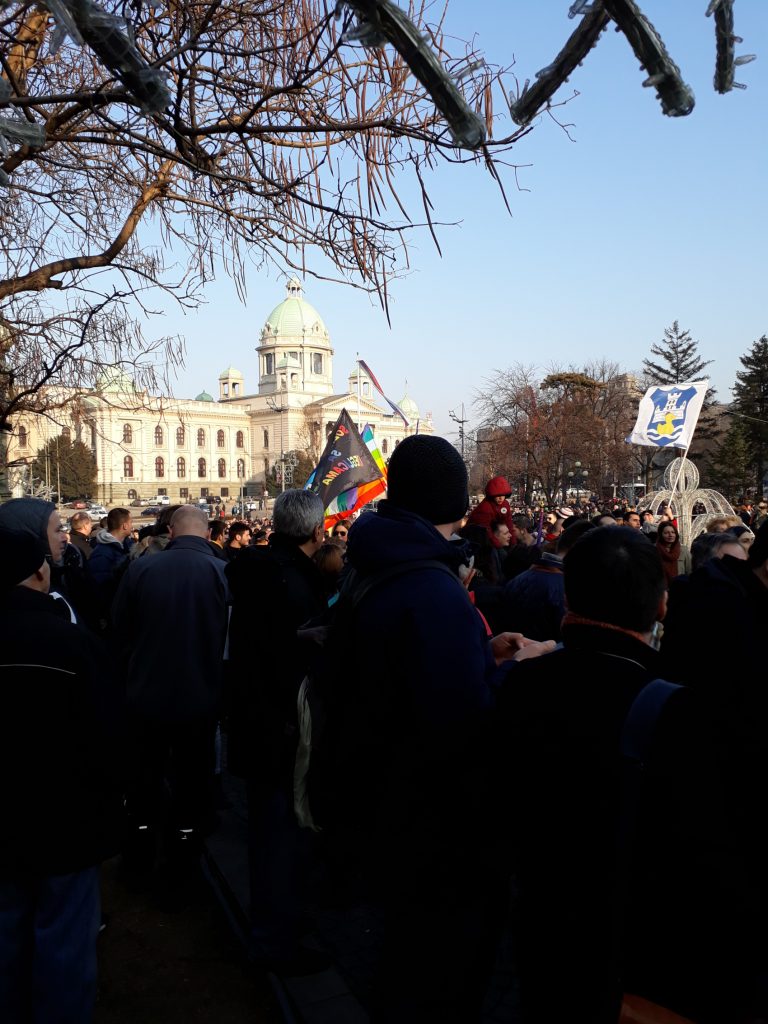As my semester abroad in Serbia finished, I took 3 week holiday. I spent it across 9 cities in 5 countries, best time of my life. Tried to spend as little as possible on accommodation by Couchsurfing, you’ll be surprised by the people you’ll meet. I recommend it to everyone because it is the easiest way to assimilate and understand where you are, who lives there, what they do, and of course you save money.
For my first stop I took a short train ride to Timisoara in the west of Romania. Even though Romania is one of the more prosperous countries in the Balkans, expenses are still pretty cheap here compared to most of Europe. I spent more time here than other countries I visited because I thought I had more time than I did. Here’s how I rank the cities I went to, Cluj-Napoca>Brasov>Timisoara>Bucharest (smh).
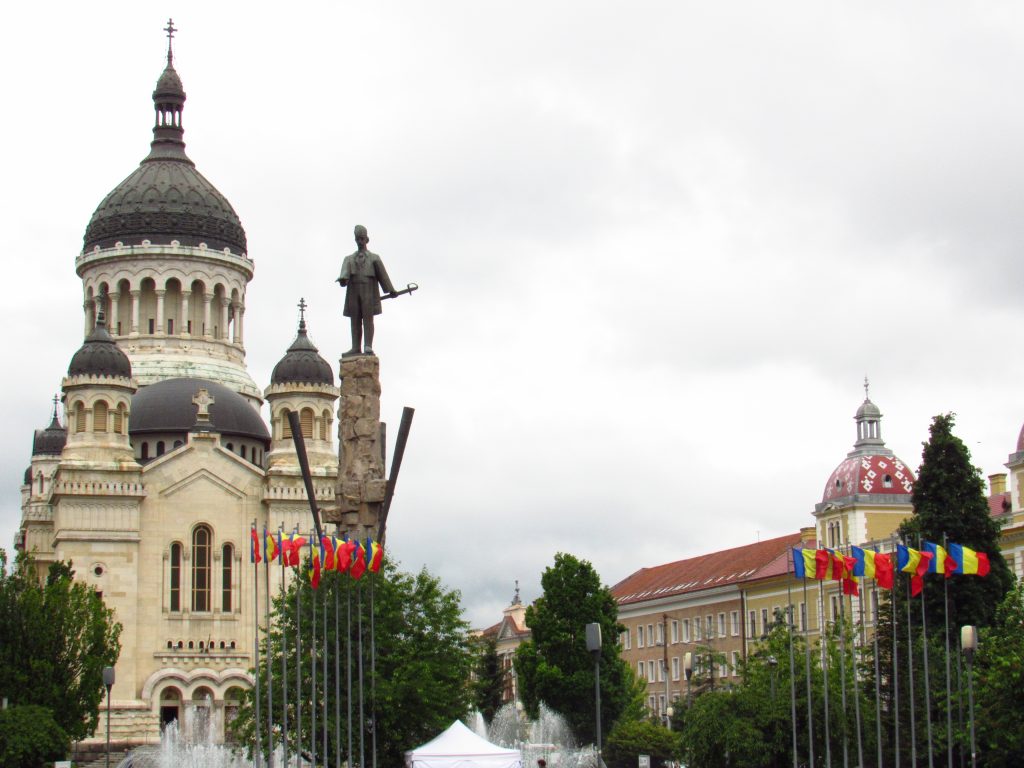
Strolling Around Cluj
Ironically, my favorite city in Romania is also the city I took least photos of. I find myself drawn to this city because of its potential, it had all the makings of a modern well functioning cityscape with a young population, the country’s best (?) university and a shit ton of heritage buildings. Versatile. A significant number of Hungarians live here and it is very easy to get to Budapest from Cluj.
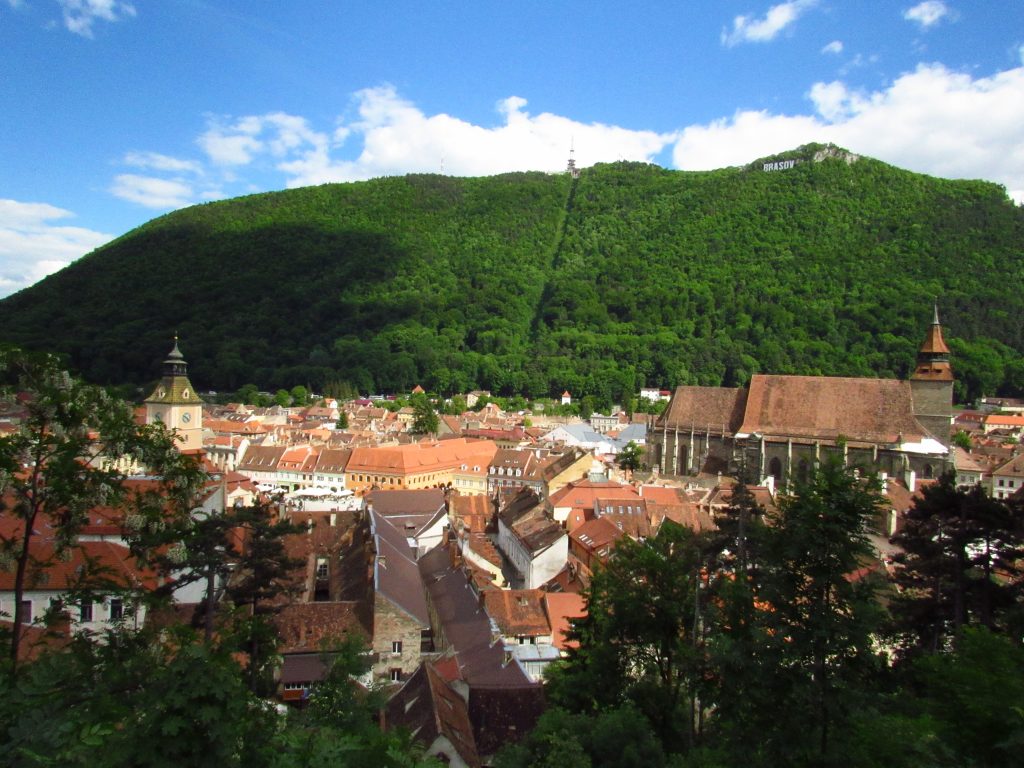
The Legacy of Dracula
To be honest, I came to Brasov only because it is the closest major city to Bran Castle (Dracula’s Castle). I had high hopes for Dracula’s Castle but in the end I felt that I wasted my time in Bran, could have done more in Brasov. The small town of Bran has been milked by the tourism industry so much it is now a resort town, going into the castle costs 8 Euros.
Peles Castle in nearby Sinaia was so much prettier imo, it was the vacation home of the royal family until 1947, and you don’t have to pay to see the castle up close. I really like the “Brasov” sign on top on Mount Tampa (pictured), even though it looks like a cheap Hollywood knockoff , you can actually hike up to where the sign is. Generally a very chill city, good place to spend a whole afternoon in the centre reading a book.
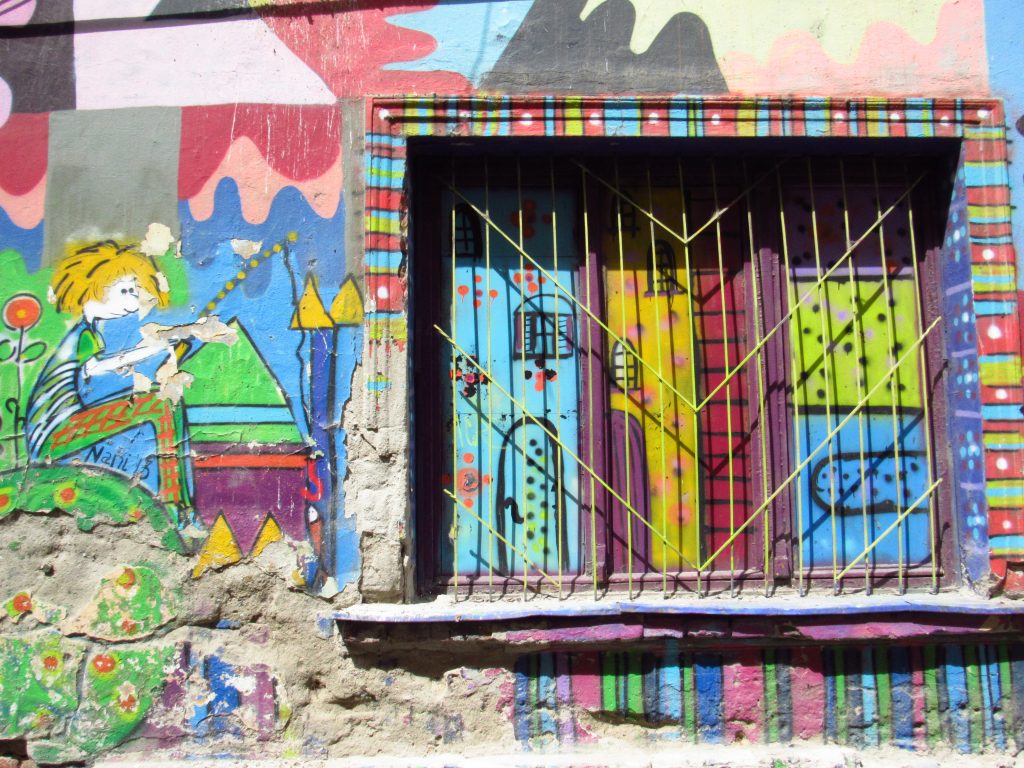
Street Smart Timisoara
Aesthetically I think Timisoara was the most beautiful city I went to in Romania with a rich mixture of Baroque and Gothic buildings. Piata Unirii was simply breathtaking and the most picturesque area I went to. You can find glimpses of the city’s local history turning corners of the many streets with signs telling you info about old factories and bridges. I rank it only in 3rd mostly because of myself, it was the first city I went to and I was not yet in the mood to engage with people and communicate.
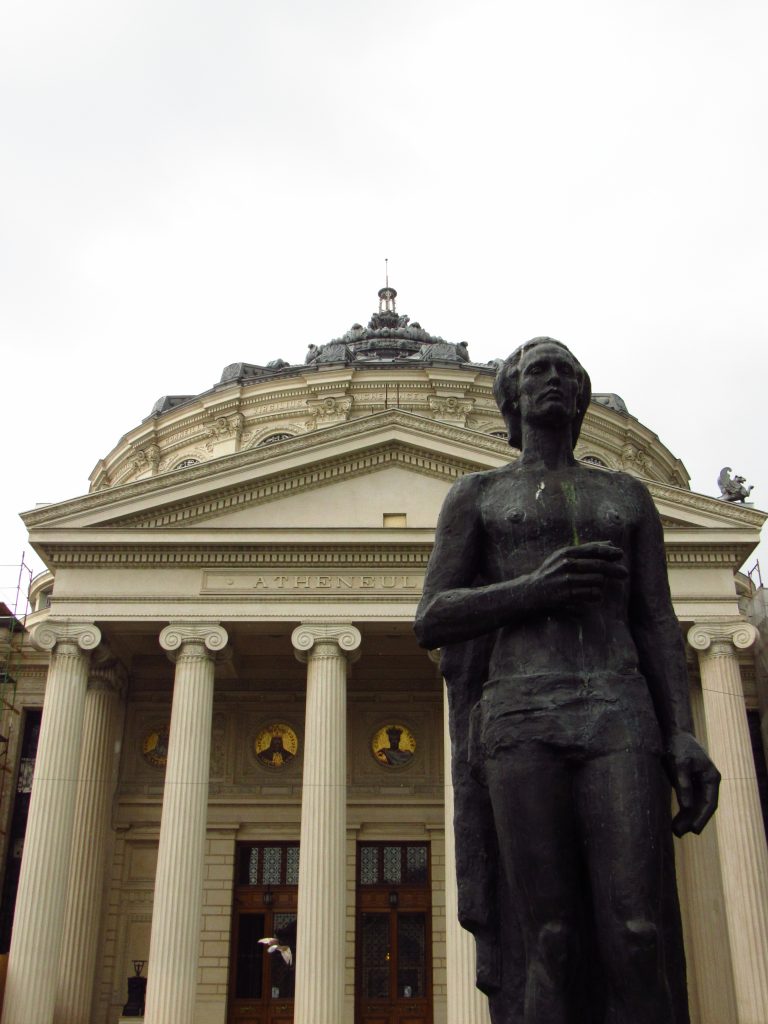
The Lesser of the Bu-est capitals
Bucharest is the capital of Romania and maybe because of that I had higher hopes for it, but usually people say capital cities are never representative of any country. I didn’t have a wonderful experience here, I thought the city looked ugly, it rained all 3 days I was there, my host was very friendly but creepy and made me feel uncomfortable (a me problem).
The highlight of my first day there was hiding from the rain in a shitty mall with half of its shops closed and stealing Wifi from H&M. I need to go back there someday when the weather is better. All in all, I just couldn’t identify anything with Bucharest, maybe that’s why people know Budapest more than Bucharest. Ouch.
I took an overnight train from Cluj to Budapest, a 7 hour journey. Romanian trains are not very comfortable, when you use the bathroom, you’ll notice you’re peeing or pooping directly onto the tracks. In summer you also have to deal with the heat and your own sweat, when your seat mate is 100% Romanian who speaks no English, 7 hours feel like 70.
